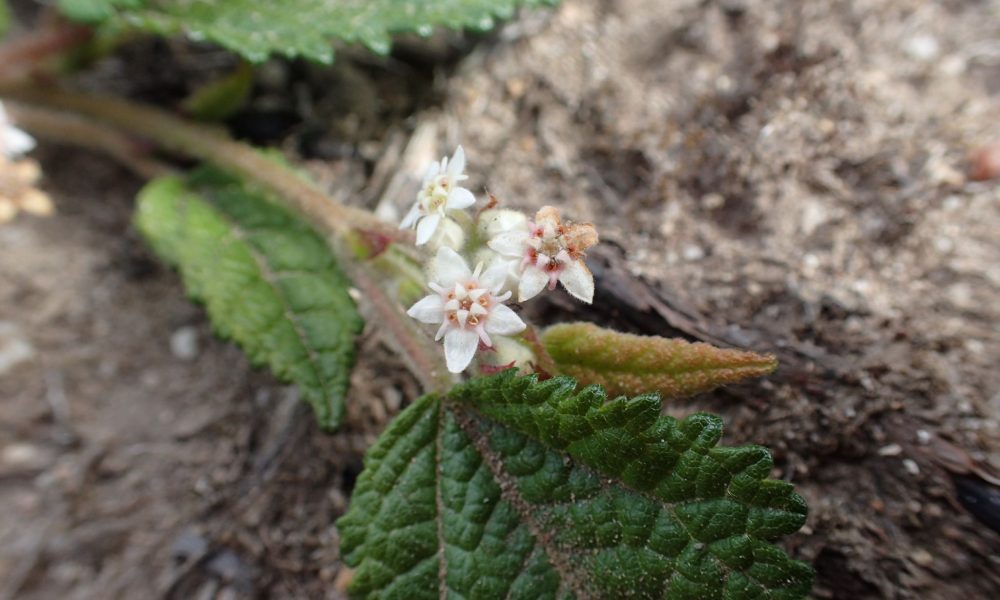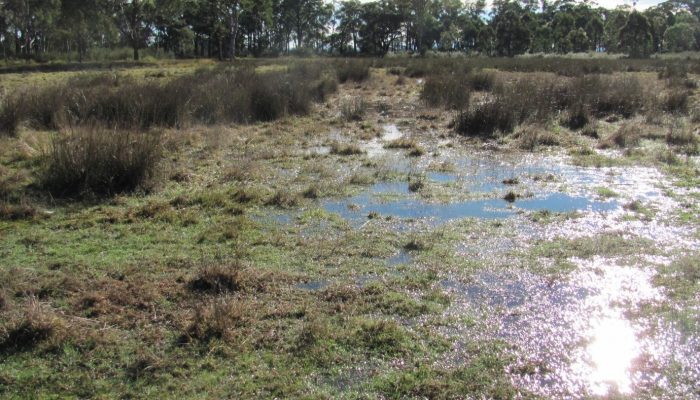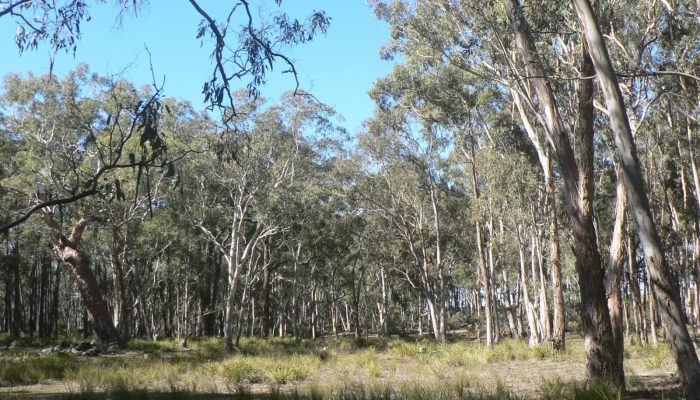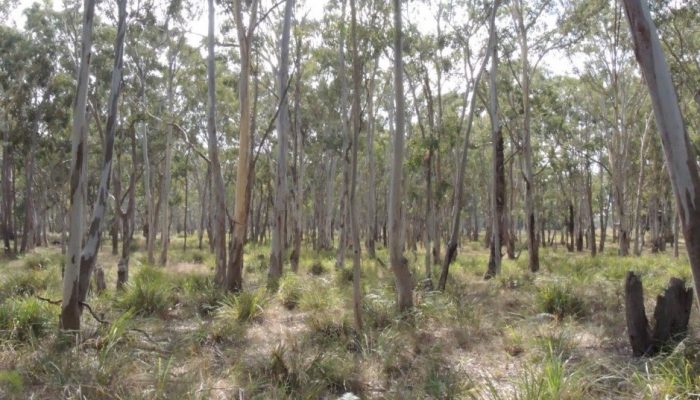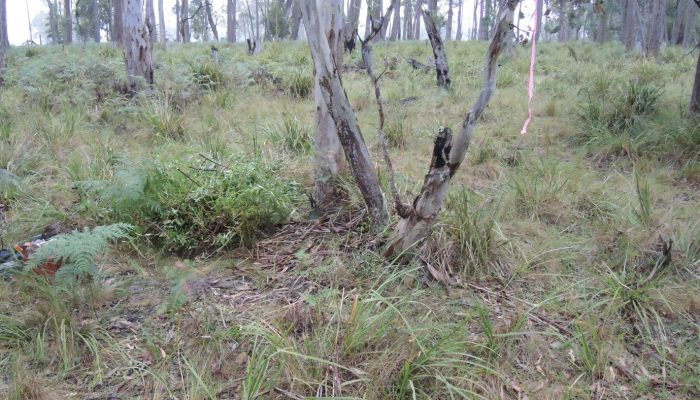Located at 40 Frews Road, Fernbank, west of Bairnsdale, the Billabong West Reserve encompasses 31.15 ha of wetlands and woodlands. The reserve is protecting the national critically endangered Red Gum Grassy Woodland and two vulnerable ecological communities which are the Sedge Wetland and the Plains Lowland Forest. Also present on site is the nationally endangered Dwarf Kerrawang (Commersonia prostrata).
Billabong West Reserve is open by appointment.
All Trust for Nature reserves are closed on days of Total Fire Ban, and days of severe, extreme and code red fire danger.
Image: Dwarf Kerrawang. Source: Andre Messina/Vic Flora CC BY-NC-SA 4.0.
